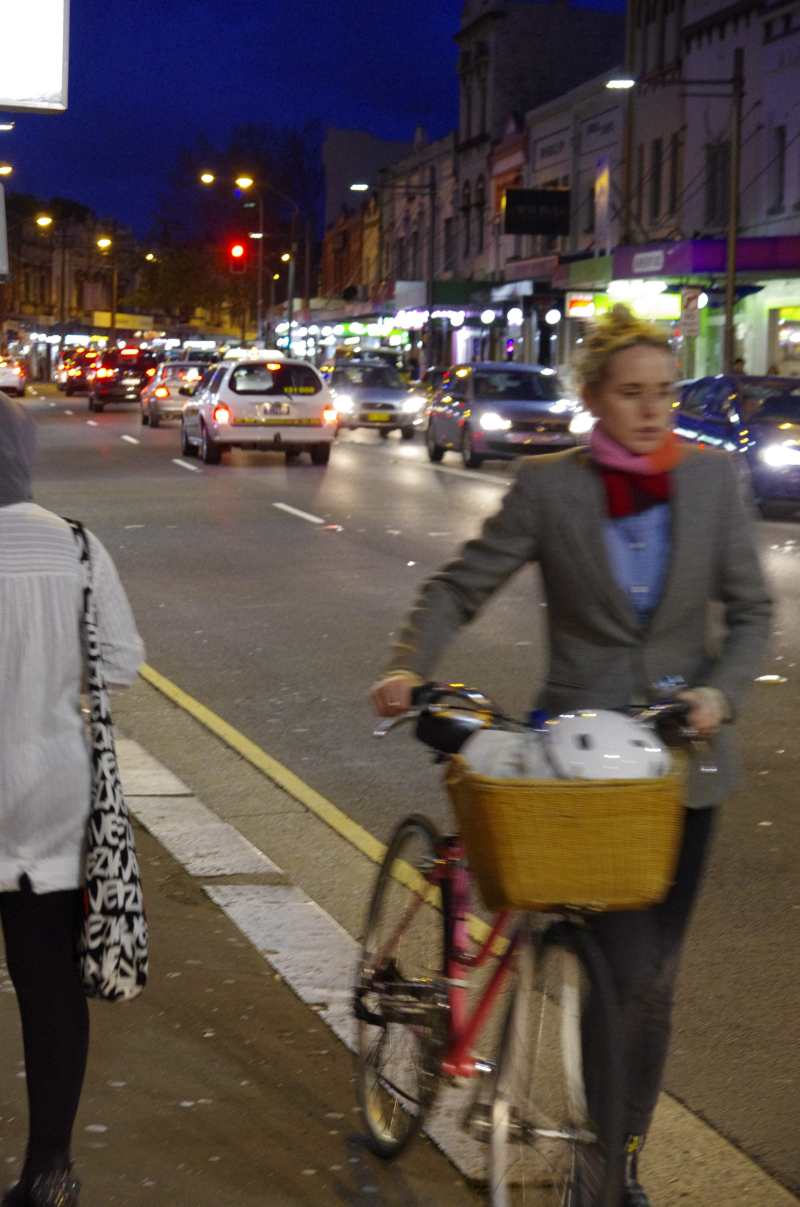Walter Benjamin (1936) The Work of Art in the Age of Mechanical Reproduction
In this article author explains the force of mechanical tools to reproduce art works. Although art works were present by many means such as stamp and bronze but to mass produce an existing art work was beyond imagination. However, from early 1900 mechanical reproduction of art had allowed people to experience art through a completely different way. One work can be seen by many people from another part of the world.
Human perceives art in a slightly different way than they do to other objects. It is because of both natural instinct and historical facts. People are comfortable to see things that they feel related to them. The idea of aura can be useful in this context. Aura represents the contemporary objects that derived from the historical circumstances.
There are two planes for receiving arts. One is the cult idea which means one will value an art work because of the spirit and other one is more financial value of the exhibition. And the reproduction of art work has imposed us to measure works by quality rather than quantity.
However, new art media such as photography and cinema have been replacing the cult value by its exhibition value. Since these new forms are more functional than a traditional art work so their value is higher in terms of engagement with humans. Besides that, the idea of cult beliefs in photography is important. People love memory and love to keep them. So portrait photography being the most popular one is no surprise.
The shooting of sound film brought the greatest change in the art form. The process of a sound film created a new reality for audiences where they can have the autonomous power to drive their own emotions. This notion of illusion had rendered the brief impact. This and mechanical reproduction of art changes the reaction of the masses towards art. This article defined that reaction as progressive reaction. Comparing the chaplin movie and a picasso paintings would shed some light into this matter. People would have the progressive reaction to a chaplin movie which is due to the fusion of reproduction of art and soul new form of art which is in this case the movie.
At this stage i have developed a better understanding of my photography skills. I have previously shoot landscape photography but haven’t dealt with people This reshooting session i have taken the challenge to show my improved compositional skills and better story telling method. I have chosen the theme of working people which reflects people either at work or retired or in a break from work. I have mainly read blogs about street photography and have personal inspirations from many great photographers.




Taking photos without permission can be daunting and there are many ways we can overcome this fear. First thing to do is smile. Always keep a smile on your face. Nobody likes a creepy person with a camera in hand. And if you want to shoot, you must shoot a scene. Don’t be afraid of getting close. In street you can do whatever you want, so hold your ground when face ugly situation. However, if somebody asks you nicely to remove any photo, the best thing to do is delete it. Although holding the right one must be respectful to others private space.

This photo was almost awarded to me. As i took my first shot of this lovely person and smiled at him; He asked me to take another one, which was a good experience as i went crazy with my camera and took many shots. This is the best image i have managed to get.
Here are some links of photographers (Artists) that i follow for inspirations.
https://plus.google.com/+FrancisGorrez/photos
http://mustafadavis.com/
http://erickimphotography.com/
And here is a blog that might get you started in good focusing.
http://dailypost.wordpress.com/2013/08/20/photography-focus/










